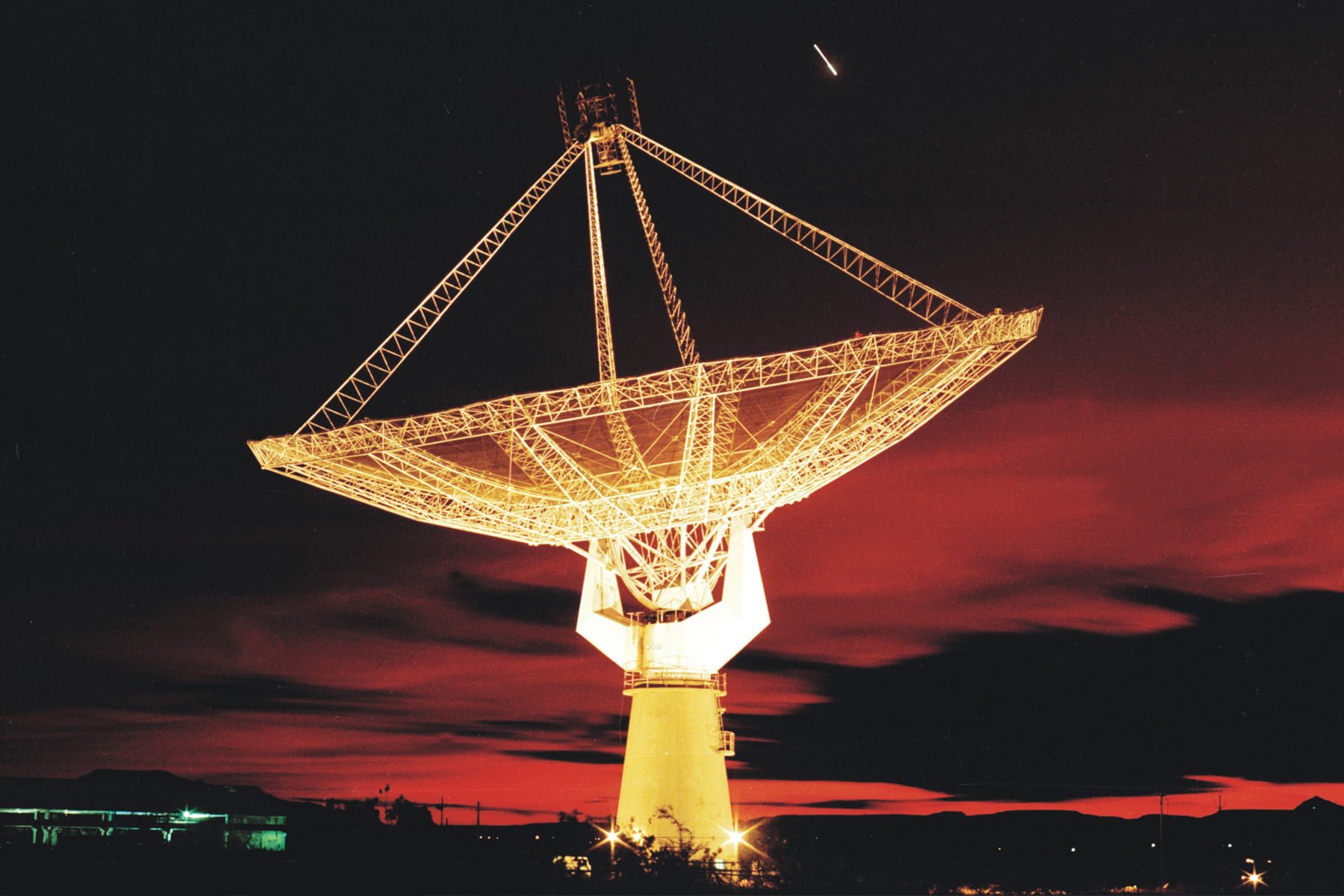Giant Metrewave Radio Telescope (GMRT) granted ‘Milestone’ status by IEEE – Key Facts
The Giant Metrewave Radio Telescope observatory located in Pune has been provided with the prestigious IEEE milestone status. The status was provided to honour its significant technical achievement, services, its excellence as unique product, patent and seminal papers that aim to benefit humanity.
This is the third IEEE milestone recognition being offered to India according to the National Centre for Radio Astrophysics. The previous two IEEE milestone recognition were awarded to JC Bose in 1895 and CV Raman in 1928. JC Bose is regarded as the Father of Wireless Communication.
Giant Metrewave Radio Telescope
It is an array of thirty fully steerable parabolic radio telescopes. Each radio telescope is of 45 metre diameter and is operated by National Centre for Radio Astrophysics. It is a part of the Tata Institute of Fundamental Research located in Mumbai.
The telescope was built under the direction of lead professor Govind Swarup between 1984 and 1996. One of the major objectives of the telescope was to search for highly red shift 21-line radiation. These radiations are emitted from the primordial neutral hydrogen clouds. The determination of these radiations will help determine the epoch of galaxy formation in the universe.
In February 2020 the telescope helped in observing the biggest explosion in the history of Universe called the Ophiuchus Supercluster Explosion.
What are Hydrogen Clouds?
The hydrogen clouds are the interstellar matter where hydrogen occurs in its neutral state rather than its molecular or ionised states. The Hydrogen clouds are detectable at radio wavelengths as they emit characteristic energy at a wavelength of 21 cm.
What is Redshifted 21cm Hydrogen Line?
It is an electromagnetic radiation spectral line. It is created due to the change in energy state of neutral hydrogen atoms. These electromagnetic radiations fall in the wavelength of microwaves and is usually observed in radio astronomy. This is because these radio waves can penetrate large clouds of cosmic dust that are opaque to visible light.
Ophiuchus Supercluster Explosion
The extremely powerful eruption occurred in the Ophiuchus supercluster. It is located at about 390 million light years from the Earth.
The eruption occurred due to a supermassive black hole. The observation was a result of several other earth-based and space-based observatory such as Chandra x-ray observatory, Hubble Space Telescope, XMM Newton Extra Space observatory of European Space Agency, Murchison Widefield array of Australia and the Giant Metrewave Radio Telescope of India.
Ophiuchus Supercluster
It is one of the nearby Galaxy superclusters of the earth. It is located in the Ophiuchus constellation. Supercluster is a a group of galaxies. For instance, milky way is a part of Local Group Galaxy group. The Local Group in turn is a part of the Virgo supercluster. The Virgo supercluster in turn is a part of Laniakea Supercluster. There are more than 10 million superclusters observed in the universe so far.
The superclusters indicate that the galaxies in the universe are not distributed uniformly.
What are the nearby superclusters?
The nearby superclusters are Perseus-Pisces Supercluster, Coma Supercluster, Sculptor Supercluster, Leo Supercluster, Shapley Supercluster and Ophiuchus supercluster.
IEEE Milestone status
The Programme was established in 1983 to honour significant achievements of electrical and electronics engineering.
Month: Current Affairs - November, 2020


